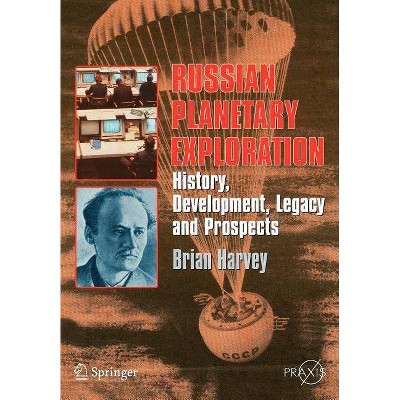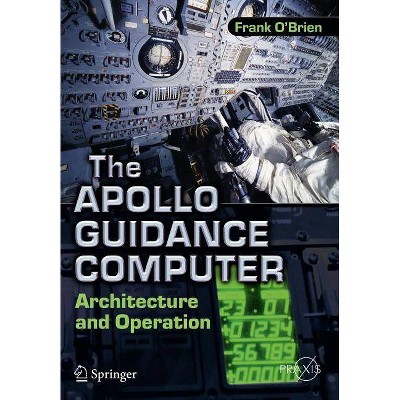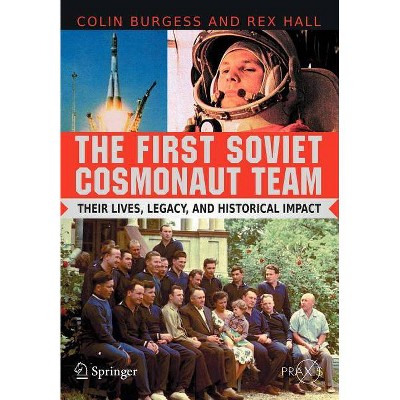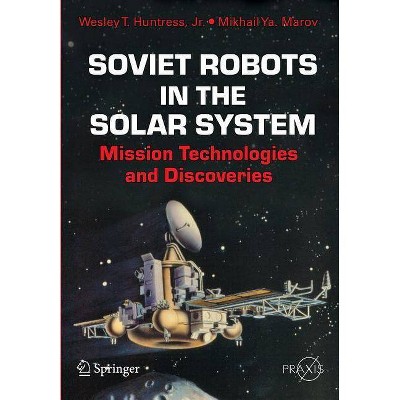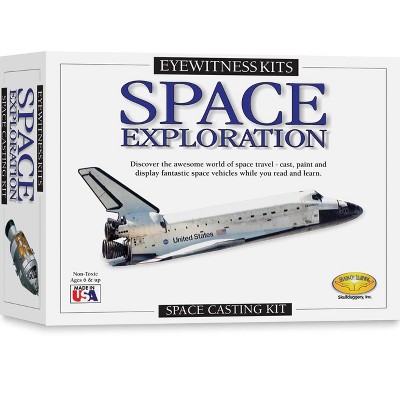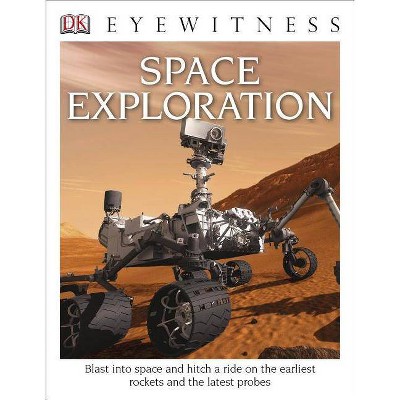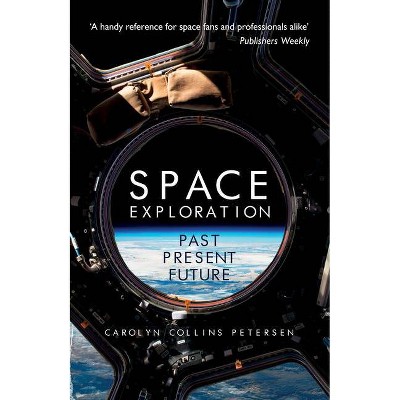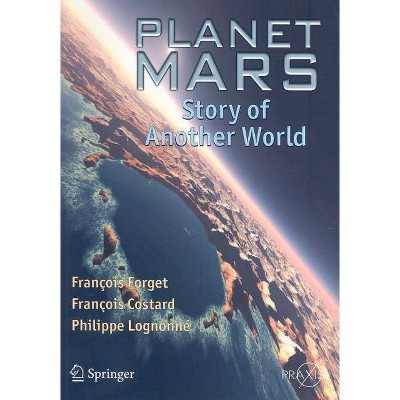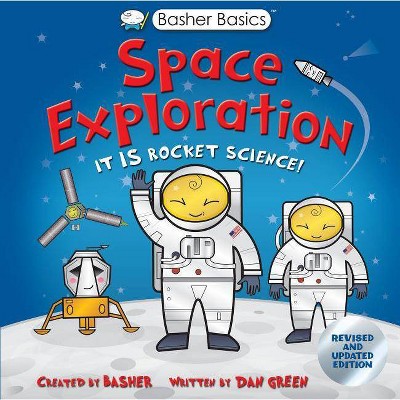The Saturn V F-1 Engine - (Springer-Praxis Books in Space Exploration) by Anthony Young (Paperback)
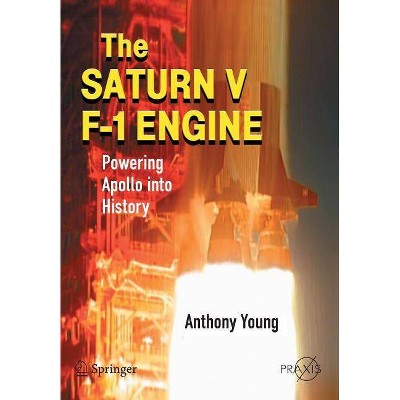
Similar Products
Products of same category from the store
AllProduct info
<p/><br></br><p><b> About the Book </b></p></br></br><p>NASA's development of the F-1 engine made landing on the moon possible. This book chronicles the history of this amazing engine, from its design and manufacture to its eventual discarding at the conclusion of the Apollo program.</p><p/><br></br><p><b> Book Synopsis </b></p></br></br><p>The launch of Sputnik in 1957 not only began the space age, it also showed that Soviet rockets were more powerful than American ones. Within months, the US Air Force hired Rocketdyne for a feasibility study of an engine capable of delivering at least 1 million pounds of thrust. Later, NASA ran the development of this F-1 engine in order to use it to power the first stage of the Saturn V rocket that would send Apollo missions to the Moon. It is no exaggeration to say that without the F-1 engine NASA would not have been able to achieve President Kennedy's 1961 challenge to his nation to land a man on the Moon before the decade was out.</p><p/><br></br><p><b> From the Back Cover </b></p></br></br><p>When the mighty Rocketdyne F-1 engine was conceived in the late 1950s for the U.S. Air Force, it had no defined mission and there was no launch vehicle it could power. It was a bold concept to push the technological envelope of rocket propulsion in order to put massive payloads into Earth orbit. Few realized at the time that the F-1 would one day propel American astronauts to the Moon. In The Saturn V F-1 Engine, Anthony Young tells the amazing story of unbridled vision, bold engineering, explosive failures during testing, unrelenting persistence to find solutions, and ultimate success in launching the Saturn V with a 100 percent success rate. The book</p><p></p><ul><li>contains personal interviews with many Rocketdyne and NASA personnel involved in the engine's design, development, testing and production;</li><li>is lavishly illustrated with black-and-white and color photographs, many never previously published</li><li>is the first complete history of the most powerful rocket engine ever built.<br></li></ul><p></p><p>The F-1 engine remains the high point in U.S. liquid rocket propulsion - it represents a period in American history when nothing was impossible.</p><p/><br></br><p><b> Review Quotes </b></p></br></br><br><p>From the reviews: </p><p></p><p>"The author provides good descriptions of engine components and manufacturing and the contributions that Rocketdyne, Boeing, and the NASA Marshall Space Flight Center made to the F-1. The book also covers engine testing, the first Saturn V stage, and the Apollo launches. ... The book contains 32 excellently printed full-page color photographs and numerous black-and-white photos and diagrams. An important contribution to the history of technology and the history of space exploration. Summing Up: Highly recommended. All collections." (A. M. Strauss, Choice, Vol. 46 (10), June, 2009)</p><p>"Over the years there have been a few books published about the Saturn rockets, but here's one that focuses solely on the business end of the Saturn V - the F-1 rocket engine, still the largest such engine ever developed. ... The book is profusely illustrated throughout, and there's a nice section of colour plates as well. All in all, a valuable addition to the literature of both rocket development and the Apollo programme." (Liftoff, Issue 257, May-June, 2010)</p><br><p/><br></br><p><b> About the Author </b></p></br></br><p>Anthony Young's first automotive book, published in 1984, became the best-selling automotive title sold in America within three months of its publication, according to Auto Week magazine. His first Springer-Praxis book, Lunar and Planetary Rovers: The Wheels of Apollo and the Quest for Mars will be published in the fall of 2006. He is a regular contributor to Space Times magazine and the online weekly website, The Space Review.</p>
Price History
Price Archive shows prices from various stores, lets you see history and find the cheapest. There is no actual sale on the website. For all support, inquiry and suggestion messagescommunication@pricearchive.us
